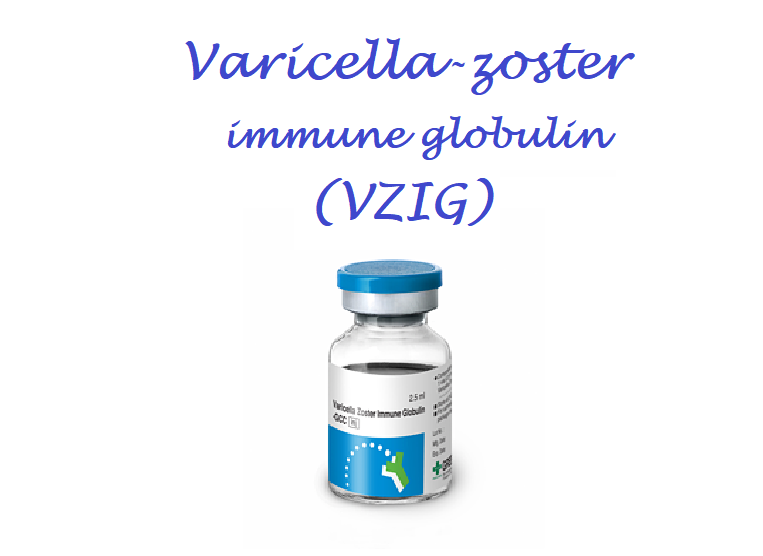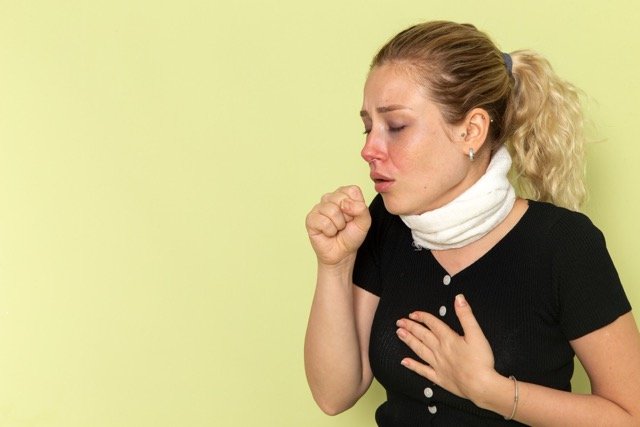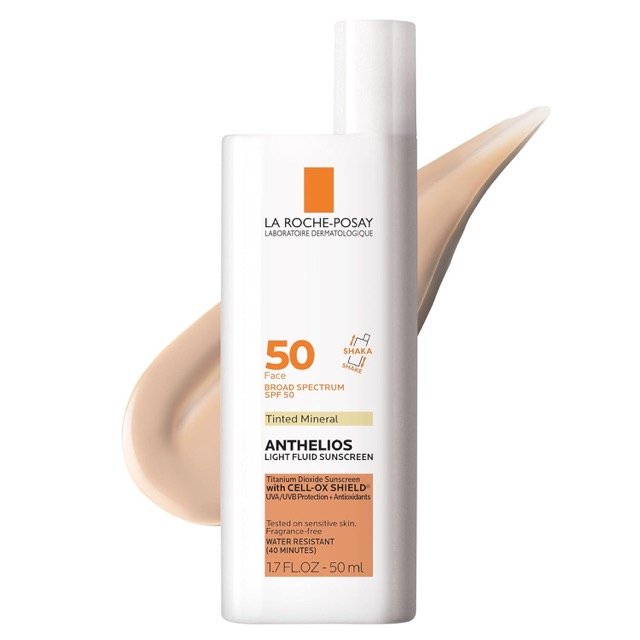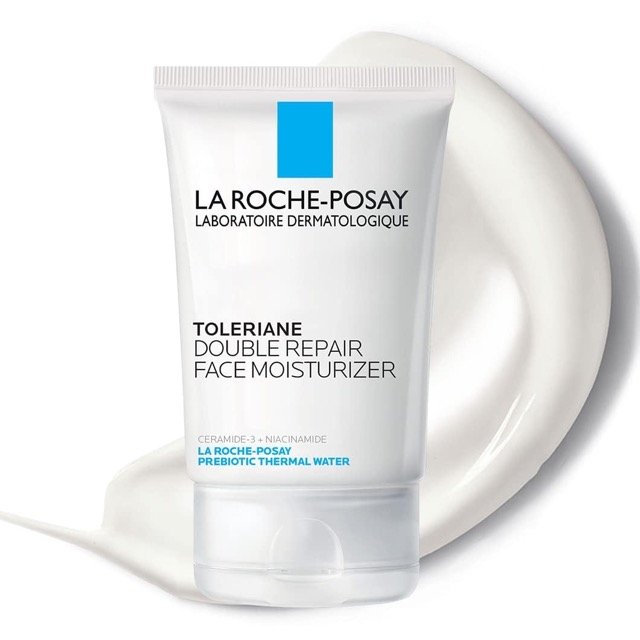Varicella-zoster immune globulin (VZIG) provides passive immunity in individuals who are at a high risk of developing varicella infection after exposure or who may develop complications of the disease. Remember that varicella-zoster immune globulin (VZIG) only offers transient protection from varicella infection. Varicella vaccination should be given to achieve long-lasting immunity.
High-risk individuals who may develop varicella infection include:
- Immunocompromised children and adults. These include:
- Primary or acquired immunodeficiency such as AIDS
- Individuals receiving immunosuppressants and corticosteroids equivalent to 2 mg/kg or more or 20 mg/day or more.
- Individuals with cancers especially hematological cancers such as leukemia and lymphomas.
- newborns of mothers with varicella infection within 5 days or 48 hours after delivery.
- premature infants who were exposed during the neonatal period including
- all neonates less than 28 weeks of gestation regardless of maternal immunity
- All newborns who were born after 28 weeks of pregnancy and who had no maternal immunity against varicella
- Adults without evidence of immunity, and
- pregnant women without evidence of immunity
- In individuals who have contraindications to the varicella vaccine.
Varicella-zoster immunoglobulin dose in Adults
(VZIG) Varicella-zoster immunoglobulin dose in the prophylaxis of Varicella infection:
-
≥40.1 kg:
- 625 units Intramuscular as a single dose
Note:
- Within 96 hours of exposure to varicella infection and no later than 10 days at most, VZIG should be delivered.
- Hematopoietic transplant recipients and individuals who develop a rash after varicella vaccination should ideally receive the immunoglobulin within 48 hours and not later than 96 hours of exposure.
Varicella-zoster immune globulin (VZIG) dose in children:
Note:
- As soon as feasible following exposure to varicella, VZIG should be given.
- The exposed person should obtain the VZIG in the ideal scenario within 96 hours. Up to 10 days after exposure, it can be given.
- Patients undergoing hematopoietic transplants and those who get a rash after vaccination should receive VZIG within 48 and up to 96 hours of exposure.
- Patients at a higher risk of developing varicella infection, who had received VZIG 3 weeks or more of the exposure, should receive an additional full dose.
- The minimum and the maximum doses are 62.5 units and 625 units respectively.
VZIG dose in postexposure prophylaxis of varicella:
- Infants, Children, and Adolescents:
-
2 kgs or less:
- 62.5 units intramuscular.
-
1 to 10 kg:
- 125 units intramuscular.
-
1 to 20 kg:
- 250 units intramuscular.
-
1 to 30 kg:
- 375 units intramuscular.
-
1 to 40 kg:
- 500 units intramuscular.
-
>40 kg:
- 625 units intramuscular.
-
VZIG vaccine in Pregnancy (Risk Factor C)
- Varicella infection during pregnancy can lead to intrauterine death.
- VZIG's safety is unknown when it is administered to pregnant women.
- It may be given to pregnant mothers, however, as the main purpose is to protect the mother and not the child from the infection.
Varicella-zoster immune globulin use during breastfeeding:
- Lactating women should use it with caution
Varicella-zoster immunoglobulin dose in Renal Disease:
- The manufacturer has not recommended any dose adjustment in patients with kidney disease.
Varicella-zoster immunoglobulin dose in Liver Disease:
- The manufacturer has not recommended any dose adjustment in patients with liver disease.
Side Effects of Varicella-zoster immune globulin:
-
Central Nervous System:
- Chills
- Fatigue
- Headache
-
Dermatologic:
- Skin Rash
-
Gastrointestinal:
- Nausea
-
Local:
- Pain at the site of Injection
Contraindication to Varicella-zoster immune globulin:
- Patients who have had severe allergic reactions to human immunoglobulins in the past
- Ig A deficiency
- Allergies to any component of this formulation
- Varicella-zoster is not a virus that affects patients.
Warnings and precautions
- Hypersensitivity reactions
- It is possible to have severe allergic reactions.
- Immunoglobulin therapy must be discontinued immediately if any allergic reactions are noted and the patient should be treated immediately (with epinephrine).
- Hypersensitivity reactions are more common in patients who have low IgA levels.
- Thrombotic events
- Immunoglobulins may raise the risk of thrombosis.
- Patients who are at a high risk for thrombotic events should be told to stop using the medication.
- The following patients are at high risk for thrombosis:
- People with multiple cardiovascular risk factors
- Patients with dementia
- Patients suffering from atherosclerotic diseases
- People with reduced cardiac output
- Patients who are hypercoagulable
- Long-term immobilization
- Patients with hyperviscosity conditions.
- Patients at high risk, such as those with cancer, may have their blood viscosity measured before initiating therapy.
- Cryoglobulinemia patients
- High levels of triglyceride
- Raise fasting chylomicrons e
- Multiple myeloma patients or Waldenstrom's maglobulinemia.
- Bleeding disorders:
- Patients with coagulopathy or thrombocytopenia should avoid intramuscular administration.
Varicella-zoster immune globulin (human): Drug Interaction
|
Vaccines (Live) |
Immune globulins may reduce the vaccines' ability to help (Live). Management: For recommended dose intervals, refer to the whole interaction monograph. Oral Ty21a typhoid vaccination and other medications that are indicated as exceptions are exempt from this interaction. Exceptions: Adenovirus (Types 4, 7) Vaccine; Cholera Vaccine; Influenza Virus Vaccine (Live/Attenuated); Poliovirus Vaccine (Live/Bivalent/Oral); Poliovirus Vaccine (Live/Trivalent/Oral); Rotavirus Vaccine; Yellow Fever Vaccine; Zoster Vaccine (Live/Attenuated). |
Monitor:
- Features of active varicella infection should be monitored for up to 28 days after the administration of the immunoglobulins.
- In patients who are at risk for hyperviscosity, measure blood viscosity.
How to administer Varicella-zoster immune globulin?
- Immunoglobulin for varicella-zoster is injected intramuscularly into the upper thigh or deltoid muscle.
- The injection is brought to room temperature prior to use and injected into two or more separate sites. Administration into the deltoid is the preferred site of administration.
- Due to the possibility of damaging the sciatic nerve, the gluteal region should be avoided.
- If the injection is to be administered in the thigh, the upper and outer quadrant should be used. Per injection, no more than 3 ml should be administered.
Mechanism of action of Varicella-zoster immune globulin:
- Humans develop antibodies in the form of varicella virus immune globulins.
- Human plasma with high levels of antibodies is obtained from patients who have recovered from the disease.
- The protection against Varicella-zoster immuneglobulin is effective for 6 weeks It is mThe reticuloendothelial systems were etabolized.
Bioavailability is100%
Half-life eliminationAfter intravenous administration, it takes 18-24 days. Intramuscular administration takes 22-30 days.
When plasma concentration reaches its peakIt is less than three hours after intravenous administration, and 4.5 +-2.8 days after intramuscular administer.
International Brands of Varicella-zoster immune globulin:
- VariQuin
- Varitect
- Varitect-CP
- Vazigam
Varicella-zoster immunoglobulin Brands in Pakistan:
No Brands Available in Pakistan.







